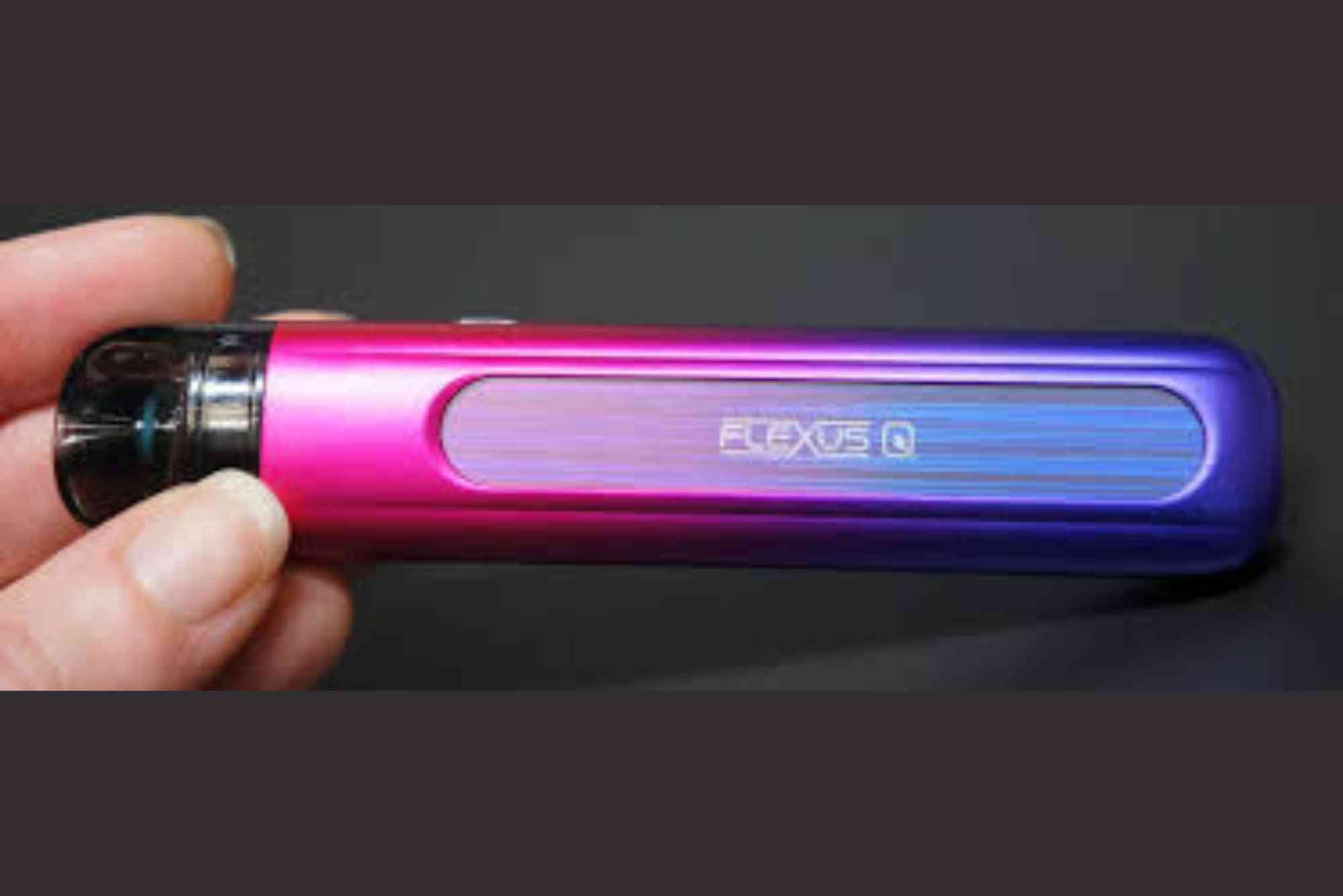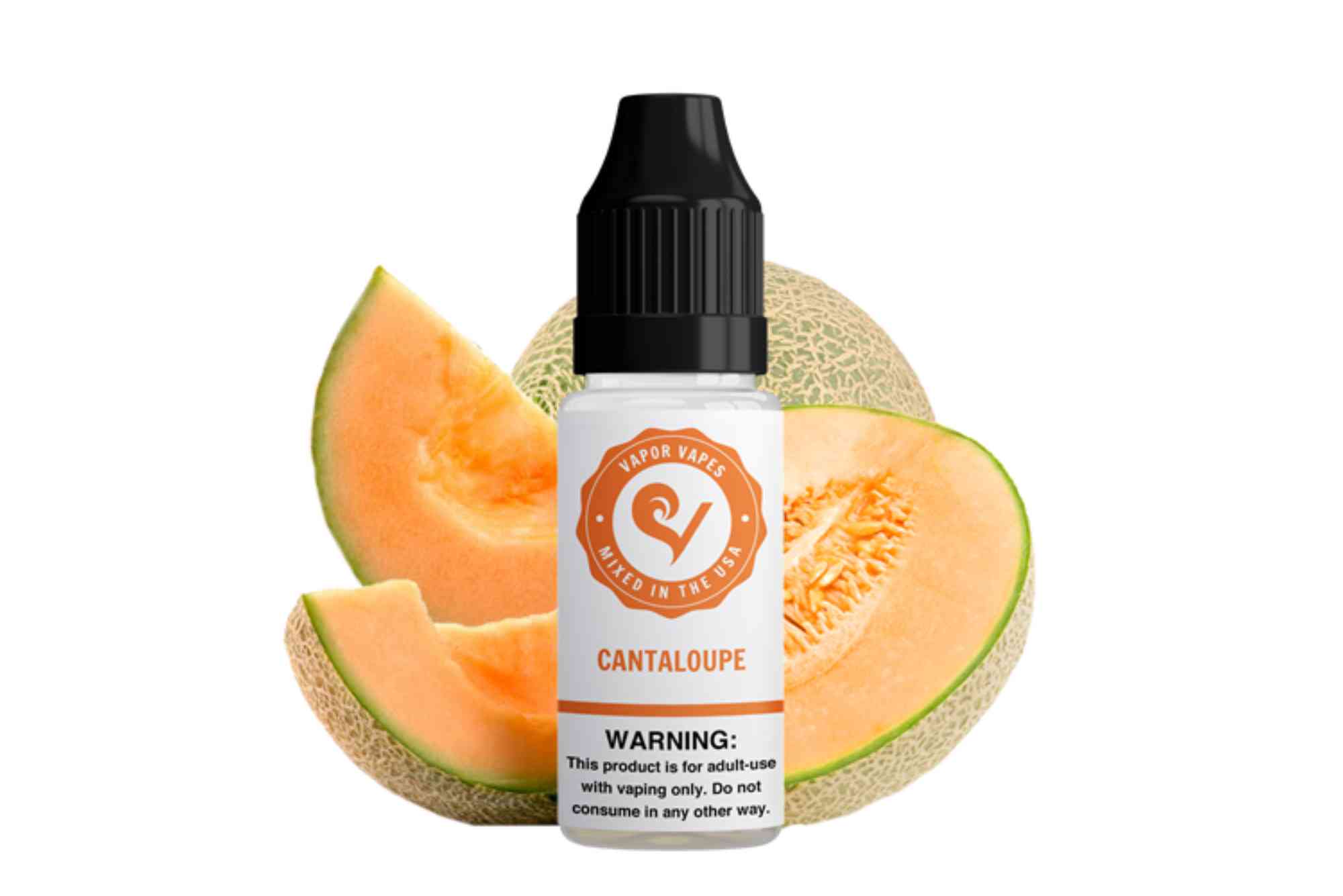With Pakistan’s textile and e-commerce industries booming—especially in regions like Multan, Bahawalpur, and Sahiwal—hosiery packaging has evolved beyond aesthetics. In today’s security-conscious retail environment, tamper-proof packaging is crucial. Whether you’re a boutique in Karachi or a hosiery exporter in South Punjab, secure packaging protects both your product and brand reputation.
This guide explains what tamper-proof hosiery packaging entails, how it works, and how Pakistani startups are leveraging local tech zones like STZA and innovation hubs like Ignite to meet both domestic and export-grade safety standards.
What Is Tamper-Proof Packaging in Hosiery?
Tamper-proof packaging uses special materials or seals that reveal signs of interference, ensuring product integrity.
Common Tamper-Proof Elements:
Heat-sealed plastic or foil bags
Tear-away perforated sleeves
Tamper-evident labels or security tape
RFID/NFC tags for digital tracking
Blister or clamshell packaging (for luxury socks)
These packaging features discourage theft, protect quality, and boost consumer trust—especially for online orders.
Why Is Tamper-Proof Packaging Important for Hosiery?
It prevents theft, protects product hygiene, and ensures customer trust—especially in e-commerce and export markets.
Key Benefits:
Detects or deters unauthorized access
Maintains hygiene for sensitive items like baby socks
Avoids repackaging fraud at retail outlets
Complies with international shipping standards
Increases customer satisfaction and repeat sales
According to Ignite-backed data from a pilot hosiery brand in Bahawalnagar, implementing tamper-evident seals reduced return requests by 35%.
What Materials Are Used for Secure Hosiery Packaging?
Poly mailers, aluminum foil pouches, reinforced kraft paper, and blister plastics are popular tamper-resistant materials.
Materials in Use:
Double-seal ziplock bags: Used for multi-pair sock bundles
Aluminum barrier pouches: Resist tearing and punctures
Clamshell PET packaging: Ideal for retail displays
Reinforced kraft sleeves: Pair tamper resistance with eco appeal
In Rahim Yar Khan, an Ignite-funded startup developed foil-backed kraft sleeves that integrate anti-tamper glue seams and a QR code seal.
How Do Tamper-Proof Seals Work?
Seals show visible damage or change if opened, signaling tampering to buyers or logistics handlers.
Seal Options:
Void labels: Leave “VOID” print when removed
Heat shrink bands: Must be cut or broken
Adhesive tear tape: Cannot be resealed invisibly
QR Code tracking seals: Verify origin and authenticity
These seals add just a few rupees per unit but greatly enhance consumer confidence and brand credibility.
Examples of Tamper-Proof Hosiery Packaging in Pakistan
Pakistani brands—especially in South Punjab—are innovating tamper proof packaging for domestic and export needs.
Case Highlights:
A Multan-based exporter uses double-layered pouches with anti-tamper tape for premium tights.
A boutique brand in Bahawalpur employs biodegradable tamper seals funded by STZA’s prototype initiative.
In Layyah, a youth-led project developed tear-proof sleeves for online sock orders under the PSDF accelerator.
Midpoint Backlink Placement:
Brands seeking enhanced security, customization, and market-ready hosiery packaging can now access tamper-proof solutions that balance safety, branding, and sustainability.
Can Eco-Friendly Hosiery Packaging Be Tamper-Proof?
Yes—many biodegradable and recycled materials support tamper-evident features without compromising sustainability.
Options Include:
Compostable pouches with anti-tamper seams
Kraft board sleeves with glue-based void seals
Plant-based poly mailers with breakable tabs
Seed-paper tags with pre-damage indicators
In Sahiwal, a PSDF-trained youth startup released seed-paper labels that tear uniquely upon removal—signaling if the package was accessed prematurely.
Digital Tools to Support Tamper-Proof Branding
QR codes, NFC chips, and blockchain tracking can enhance tamper-proof packaging with digital traceability.
Tech Integrations:
QR codes on labels to verify authenticity
NFC tags for interactive tamper alerts via smartphone
Blockchain stamps for supply chain integrity
GPS-tracked packaging for sensitive international orders
💬 Quote (hypothetical): “Tamper-proof doesn’t just mean physical seals—tech gives brands 360° traceability,” says Ignite’s CEO at a tech packaging conference in Bahawalpur.
Cost Considerations for Small Hosiery Brands
While slightly costlier, scalable tamper-proof options can fit into budgets with STZA or Ignite support.
Cost-Efficient Choices:
Paper sleeves with pre-diecut tamper strips
Reusable polybags with one-time zip seal
Branded holographic void labels under Rs. 5
Packaging prototypes sponsored via STZA or PSDF
In DG Khan, a student team reduced packaging loss by 28% after switching from plain sleeves to printed anti-tamper kraft wraps.
Training & Support in South Punjab for Secure Packaging
Local youth training and government programs are enabling tamper-proof packaging skills in underserved areas.
Initiatives:
STZA Packaging Innovation Labs (Multan, Bahawalpur): provide materials testing
Ignite Packaging Bootcamps: teach secure design practices
PSDF Design Grants: for prototype funding
NIC Accelerators: brand security coaching for startups
Over 400 trainees in South Punjab have completed packaging security courses under Ignite’s Startup Pakistan initiative.
FAQs
1. What is the most tamper-proof hosiery packaging option?
Clamshell plastic, heat-sealed foil pouches, and adhesive void labels offer the highest security for hosiery items.
2. Is tamper-proof packaging available in eco-friendly formats?
Yes—biodegradable sleeves with tamper-evident adhesives or cut tags are now being used by brands in Multan and Karachi.
3. Does tamper-proof packaging work for e-commerce hosiery sales?
Absolutely. It reduces refund claims and improves customer trust, especially when shipping to major cities like Lahore or Karachi.
4. What local programs help with tamper-proof design?
STZA tech zones and Ignite grants in South Punjab support R&D and prototype development for secure packaging.
5. How do QR code seals help in hosiery packaging?
QR codes verify authenticity and track delivery, preventing counterfeit returns or repackaging scams.
6. Can students or small startups afford tamper-proof packaging?
Yes—PSDF and Ignite help cover design and production costs for youth-led projects in underserved regions.
7. What industries inspired hosiery packaging innovation in Pakistan?
Pharmaceutical and export-grade food packaging methods heavily influence tamper-proof hosiery solutions.
Final Thought
In today’s marketplace, packaging is more than design—it’s defense. For Pakistani hosiery brands aiming to scale from Sahiwal showrooms to Amazon listings, tamper-proof packaging creates a critical trust bridge. I’ve seen local teams in Bahawalnagar and Lodhran innovate with limited means—building packaging that tells customers: This brand cares.
With tools like STZA innovation hubs, nIgite prototype grants, and regional design labs, we’re no longer just wrapping products. We’re wrapping reliability. It’s time every sock, tight, or pair of leggings tells a secure story—sealed and delivered.










